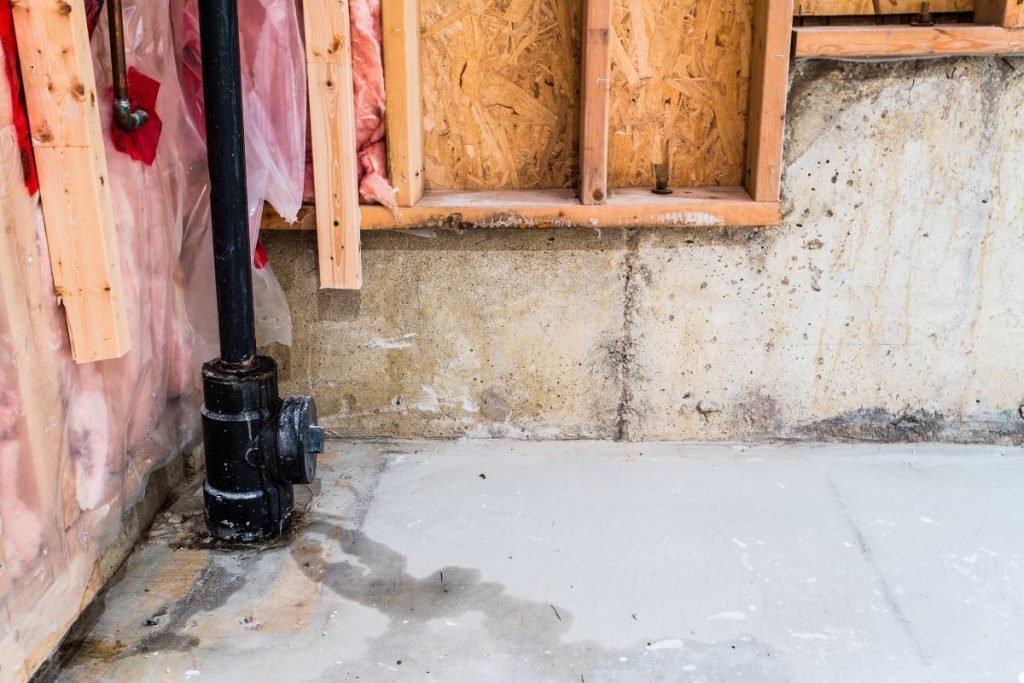
Vapor barriers are essential for protecting your home from moisture damage. They help prevent condensation, mold growth, and structural problems. This guide will walk you through everything you need to know about vapor barriers, from understanding their purpose to choosing the right one for your home and knowing when to call us for expert installation. If you need professional help, don’t hesitate to call us today!
What is a Vapor Barrier?
A vapor barrier is a material designed to resist the flow of moisture through a building’s walls, floors, and ceilings. Its primary function is to prevent water vapor from migrating into these areas, where it can condense and cause damage. Without a vapor barrier, excess humidity may lead to costly basement mold removal services. Think of it as a shield against unwanted moisture that can lead to serious problems.
The Importance of Moisture Control
Excessive moisture within your home can lead to a host of problems. Mold and mildew thrive in damp environments, causing allergic reactions, respiratory issues, and unpleasant odors. Structural components like wood framing can rot and weaken, leading to costly repairs. By controlling moisture with a vapor barrier, you can protect your health, your home’s structural integrity, and your investment.

Types of Vapor Barriers
Understanding the different types of vapor barriers is crucial for making the right choice for your home.
Understanding Perm Ratings
The permeability of a vapor barrier is measured by its “perm” rating. The lower the perm rating, the less moisture can pass through the material. Different climates and building conditions require different perm ratings.
Common Vapor Barrier Materials
- Polyethylene Sheeting: A common and relatively inexpensive option.
- Foil-Faced Vapor Barriers: Offer excellent vapor resistance and can also act as a radiant barrier.
- Paint-On Vapor Barriers: Applied like paint, these create a thin layer of vapor resistance.
- Vapor Retarders: These materials, like certain types of building paper, allow some moisture to pass through, which can be beneficial in some climates.
Choosing the Right Material
Factors to consider when selecting a vapor barrier material include your climate zone, the types of building materials used in your home, and your budget. A professional can help you assess your specific needs and recommend the best option.
Where to Install Vapor Barriers
Proper placement of vapor barriers is essential for their effectiveness.
Best Practices for Installation
Vapor barriers are commonly installed in crawl spaces, basements, bathrooms, and exterior walls. The specific placement depends on your climate and the construction of your home. It’s crucial to follow best practices to ensure proper moisture control.
Avoiding Common Mistakes
One common mistake is installing a vapor barrier on both sides of a wall, which can trap moisture and lead to problems. Another is failing to properly seal seams and penetrations, allowing moisture to bypass the barrier.
Vapor Barriers and Climate Zones
In humid regions of the USA, vapor barriers with mold inhibitors are crucial to prevent moisture buildup and fungal growth.
Vapor Barriers in Different US Climates
In hot, humid climates, vapor barriers are typically installed on the exterior side of the wall to prevent moisture from entering from the outside. In cold, dry climates, they are installed on the interior side to prevent moisture from escaping from the inside.

DIY vs. Professional Installation
While some homeowners may be tempted to install vapor barriers themselves, professional installation offers several advantages.
When to Hire a Professional
A professional contractor has the knowledge, experience, and tools to ensure proper installation, preventing costly mistakes and maximizing the effectiveness of the vapor barrier. They can also identify potential moisture problems and recommend appropriate solutions. Ensure your vapor barrier is installed correctly by experts—prevent costly mistakes! Contact us today for professional installation and moisture protection.
FAQs About Vapor Barriers
Do I need a vapor barrier in my attic?
The need for a vapor barrier in your attic depends on factors such as insulation type, ventilation, and climate.
Can I install a vapor barrier over existing insulation?
In some cases, you can install a vapor barrier over existing insulation, but it’s important to ensure proper ventilation to prevent moisture buildup.
What’s the difference between a vapor barrier and a vapor retarder?
A vapor barrier is designed to completely block moisture, while a vapor retarder allows some moisture to pass through. The choice between the two depends on your specific needs.
Conclusion
Protecting your home from moisture damage is crucial for maintaining its value, ensuring your health, and preventing costly repairs. By understanding the importance of vapor barriers and choosing the right one for your needs, you can create a healthier, more durable, and more comfortable living environment. Remember, when in doubt, Call us for professional advice and expert installation.
